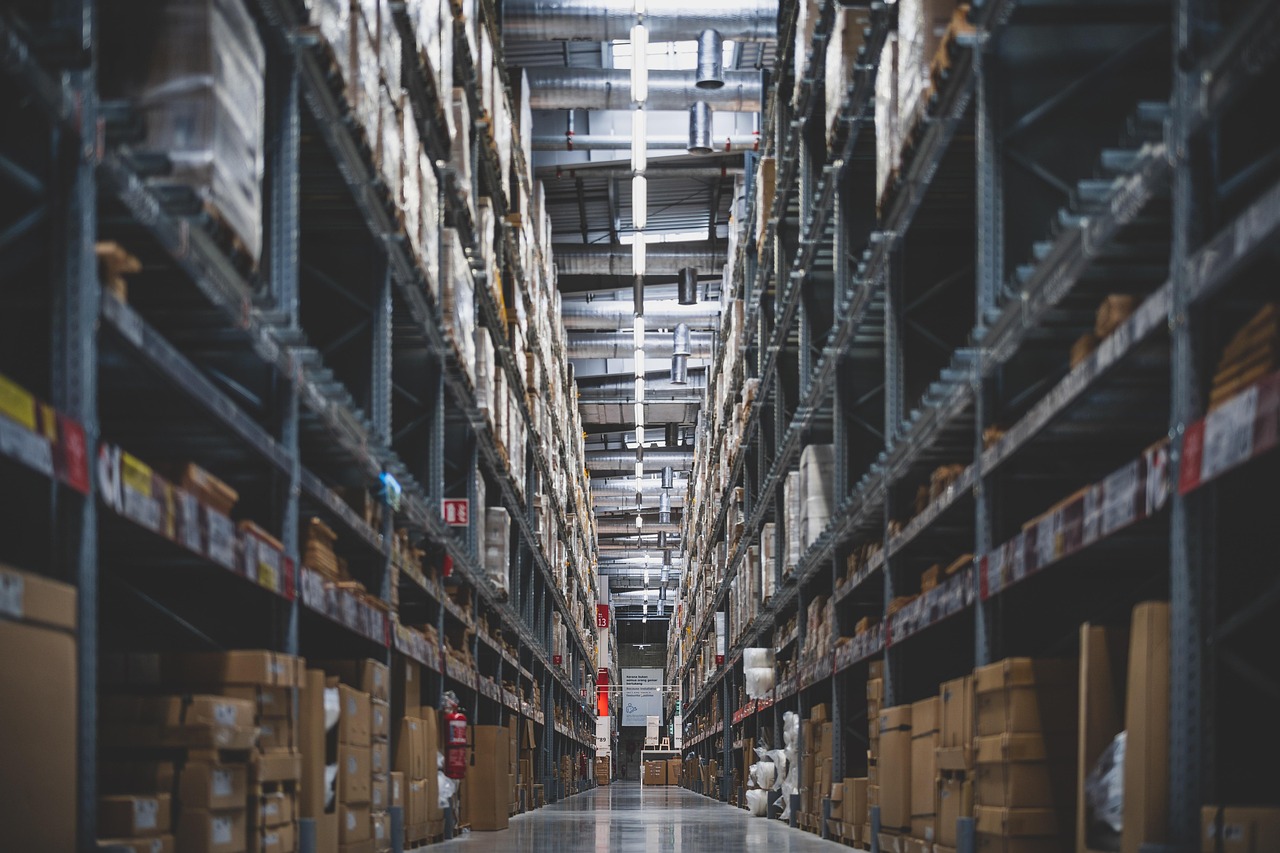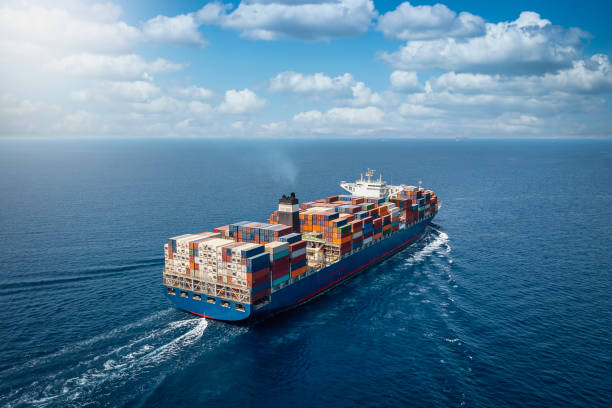Explore the difference between Fulfillment and Traditional Logistics and how the choice can impact your e-commerce business. Discover why Fulfillment is a strategic choice.
Amid the rapid growth of global e-commerce, effective logistics management has become a critical factor for the success of any online business.
As consumer expectations for speed and accuracy in deliveries increase, companies seek new ways to manage their logistics operations.
In this scenario, two concepts emerge as key points of discussion: Fulfillment vs Traditional Logistics.
But, what exactly do these terms mean and what are their differences?
That is what we are going to explore in this article
What is Fulfillment?
The term "Fulfillment" refers to the complete process that begins when a customer places an online order and ends when they receive the product in their hands.
This includes all the intermediate stages:
- Product storage
- Order processing
- Packing
- Shipping
- Returns management.
Practical example
Let’s imagine a clothing store that uses a Fulfillment service.
When a customer places an order online, it is automatically sent to the Fulfillment Center, which has an integrated inventory management system.
The items are located, packed, and prepared for shipping.
The package arrives to the customer and the fulfillment process concludes when the order is received.
If the customer needs to return the item, the Fulfillment Center also manages that process.
Watch our video tour at Cubbo’s Fulfillment Center in Embu das Artes.
What is Traditional Logistics?
Traditional Logistics is a broader term that covers all processes related to the movement of goods, from the supplier to the final consumer.
This includes activities such as:
- Transportation
- Storage
- Inventory control
- Distribution.
Traditional logistics has been the backbone of retail for decades, used both to supply physical stores and to manage online deliveries.
Practical example
In the case of the same clothing store, under a traditional logistics model, when an online order is placed, the store must:
- Locate the item in inventory,
- Pack and label the package,
- Manage shipping (usually with a contracted courier company).
If there is a return, the store handles the entire refund and return process.
While in Fulfillment all this is managed by a specialized external logistics company, in traditional logistics it is the direct responsibility of the store.
Also, unlike Fulfillment, traditional logistics is usually less integrated, which may demand more time and resources from the company to be efficient.
Main differences between Fulfillment and Traditional Logistics
Technology
In the era of e-commerce, technology is fundamental.
In Fulfillment, technology is present at every stage: real-time inventory, fast product location, customer communication about order status.
In Traditional Logistics, being an older model, there is not always deep technological integration. This creates problems such as lack of real-time visibility and delays in updating order status.
Scalability
Fulfillment, with highly automated operations, can easily adapt to an increase in orders, ideal for fast-growing companies or those with seasonal demand peaks.
On the other hand, Traditional Logistics can face more difficulties, since it requires:
- More storage space
- Additional staff
- More resources to handle demand.
Watch the video of Tiago Pavan, Country Manager of Cubbo Brazil, explaining how Cubbo helps scale businesses.
Customer focus
Fulfillment is designed with the customer at the center.
Every stage is optimized to maximize satisfaction:
- Personalized packaging
- Real-time updates
- Hassle-free returns.
On the other hand, Traditional Logistics usually lacks that degree of personalization or customer experience focus. Although many traditional companies are evolving, they still lag behind compared to Fulfillment.
Operational efficiency
Thanks to advanced technology and process integration, Fulfillment offers greater operational efficiency:
- Faster processing
- Fewer errors
- Reduced costs.
Traditional logistics can be efficient, but it normally requires more resources and time to manage high volumes.
Inventory control
Inventory management is key in any operation.
With Fulfillment, companies use real-time systems that allow precise control, reducing the risk of lost sales and minimizing waste.
In Traditional Logistics, without integrated systems, controlling inventory is more complicated, leading to problems such as shortages or excess stock.
Advantages of Fulfillment over Traditional Logistics
Cost reduction
The high efficiency of Fulfillment allows for a significant reduction in costs:
Fewer order errors, Fewer returns, Better inventory control.
Time optimization
Delegating logistics to a Fulfillment provider frees up time so the business can focus on: Marketing, Product development, Customer service.
Watch the video of Tiago Pavan, Country Manager of Cubbo Brazil, explaining how Cubbo helps scale businesses.
Greater control over logistics processes
With integrated systems, Fulfillment allows monitoring orders in real time and managing inventory efficiently.
It transforms logistics into a competitive advantage. Talk to one of our specialists and experience the efficiency that will take your e-commerce to the next level.
Greater flexibility
Fulfillment adapts to market changes:
It can scale quickly in high demand,
Adjust in low demand to avoid unnecessary costs.
Conclusion
The choice between Fulfillment and Traditional Logistics depends on the specific needs of each business.
However, as e-commerce continues to grow and customer expectations rise, Fulfillment becomes increasingly advantageous.
Fulfillment not only optimizes operational efficiency, but also improves the customer experience, a crucial factor to compete in the digital market.
By choosing Fulfillment, companies make a strategic bet to remain relevant and competitive in the changing world of e-commerce.
If you want to know how Cubbo can scale your business with the most complete Fulfillment in Mexico and Brazil, get in touch with a Cubbo specialist.








